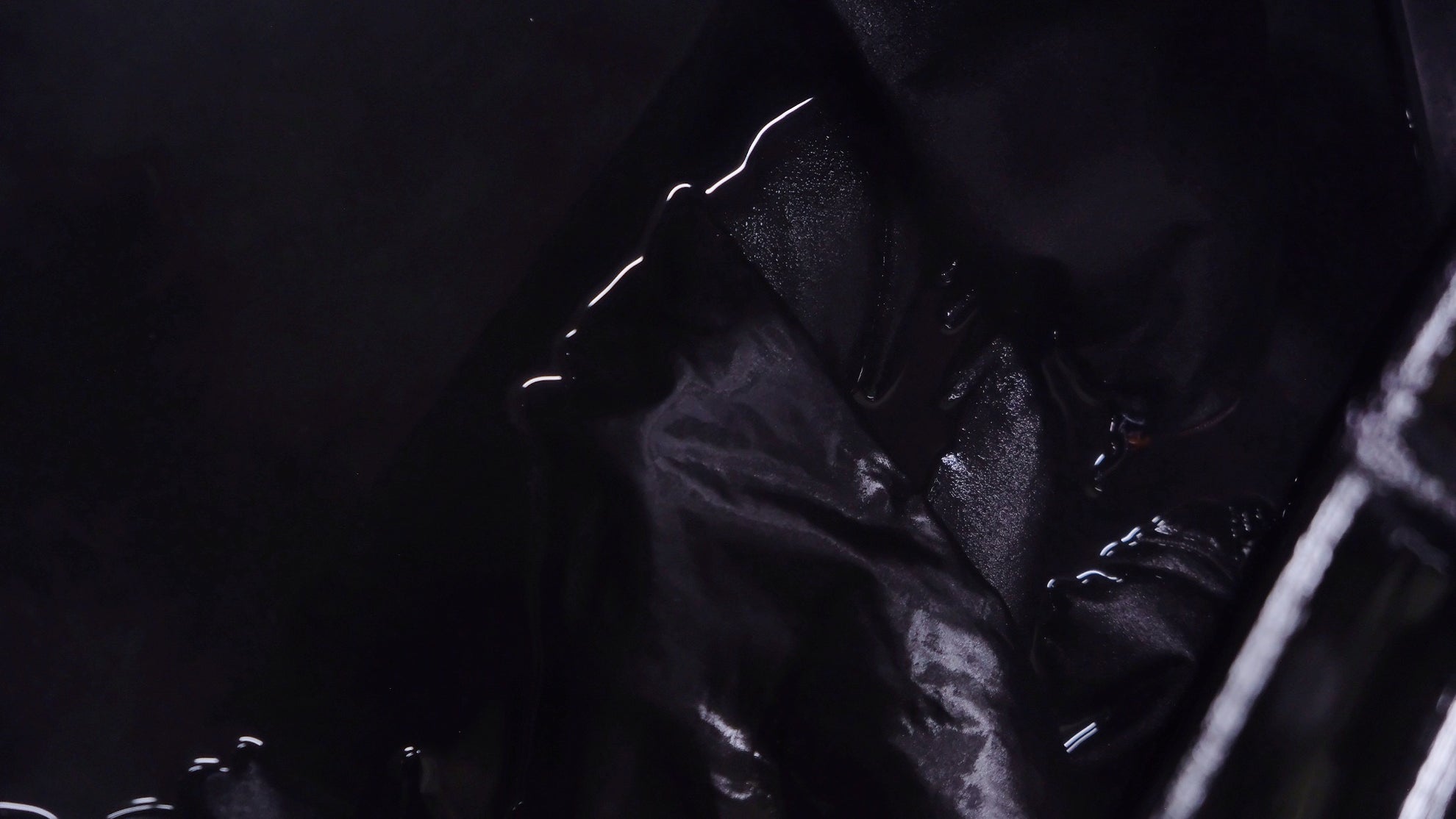
BLACKER THAN BLACK
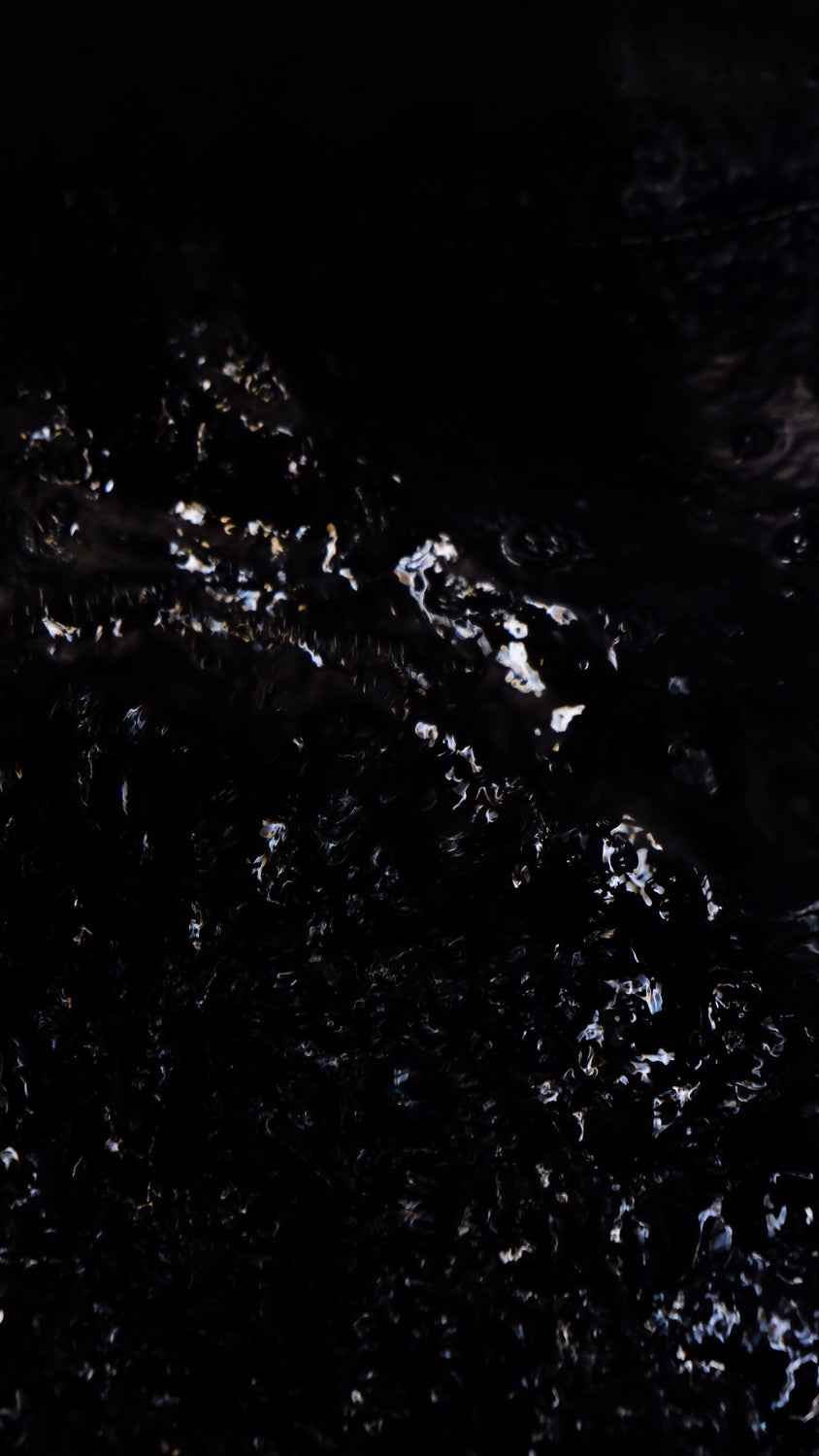
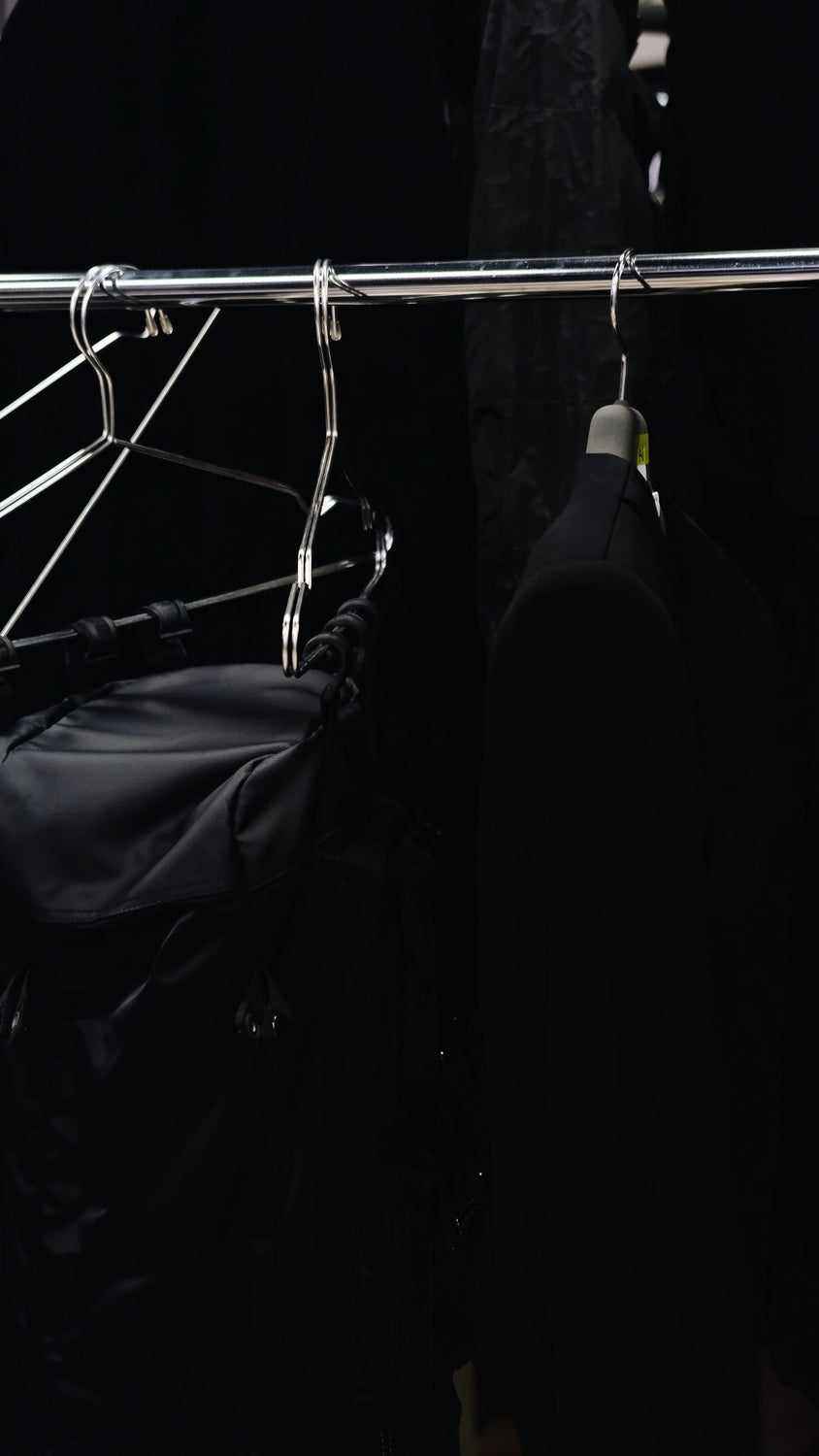
Yohji Yamamoto once said: "Black is lazy and easy — but mysterious. It means that many things go together, yet it takes different aspects in many fabrics. You need black to have a silhouette. Black can swallow light, or make things look sharp. But above all black says this: 'I don't bother you — don't bother me!'”
Similarly, in a 1996 interview, Rei Kawakubo of Comme des Garçons also said: “I love black. I always considered black to be my color. Black is also a strong color in spirituality. I like black because it feels avant-garde.”
While ‘black’ was always a staple in fashion, Yohji Yamamoto or Rei Kawakubo redefined how black was celebrated and expressed in fashion. Just as black was traditionally worn by high-ranking samurai and court nobles, Japanese fashion designers of the 80s made black powerful again.
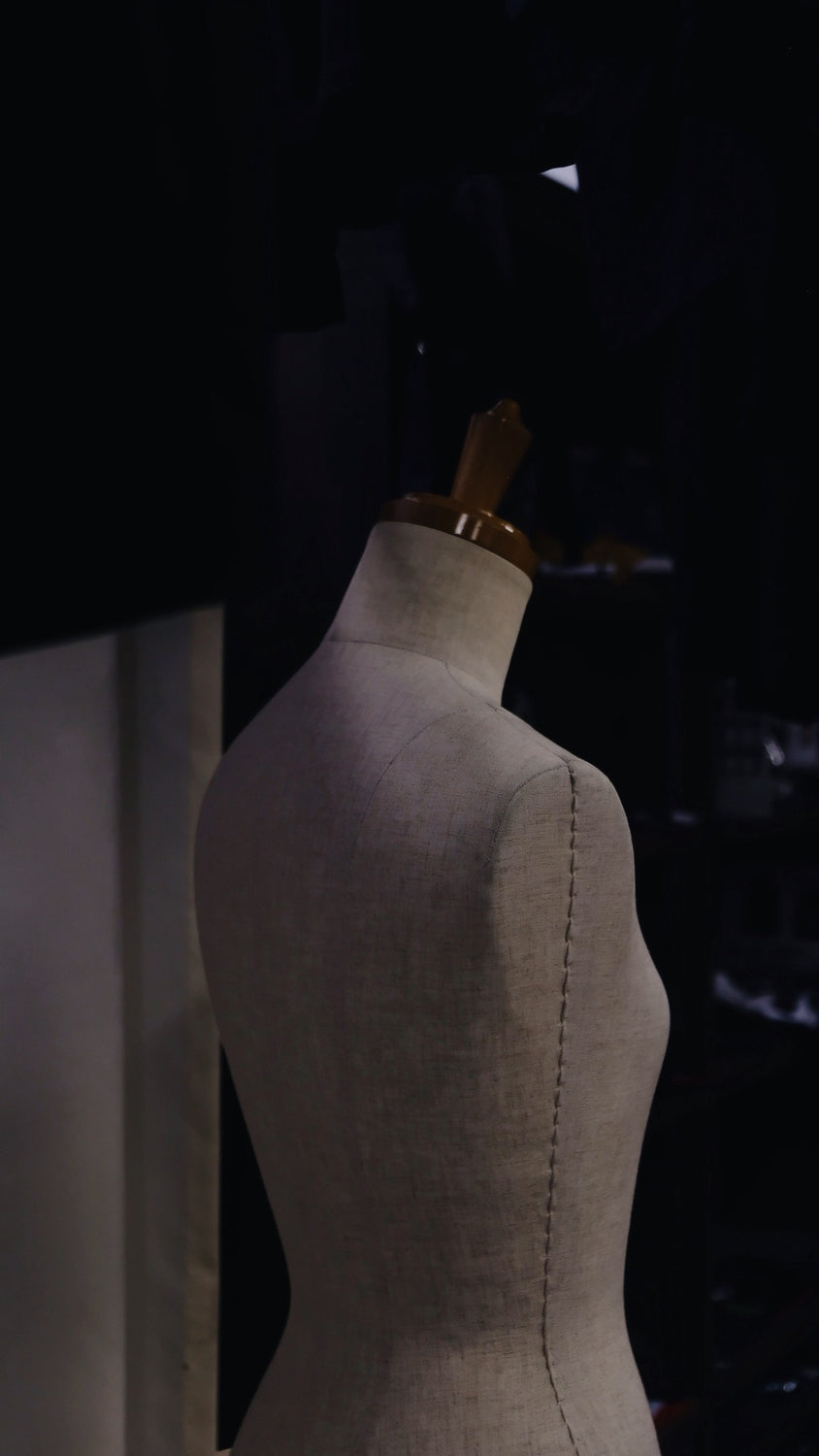
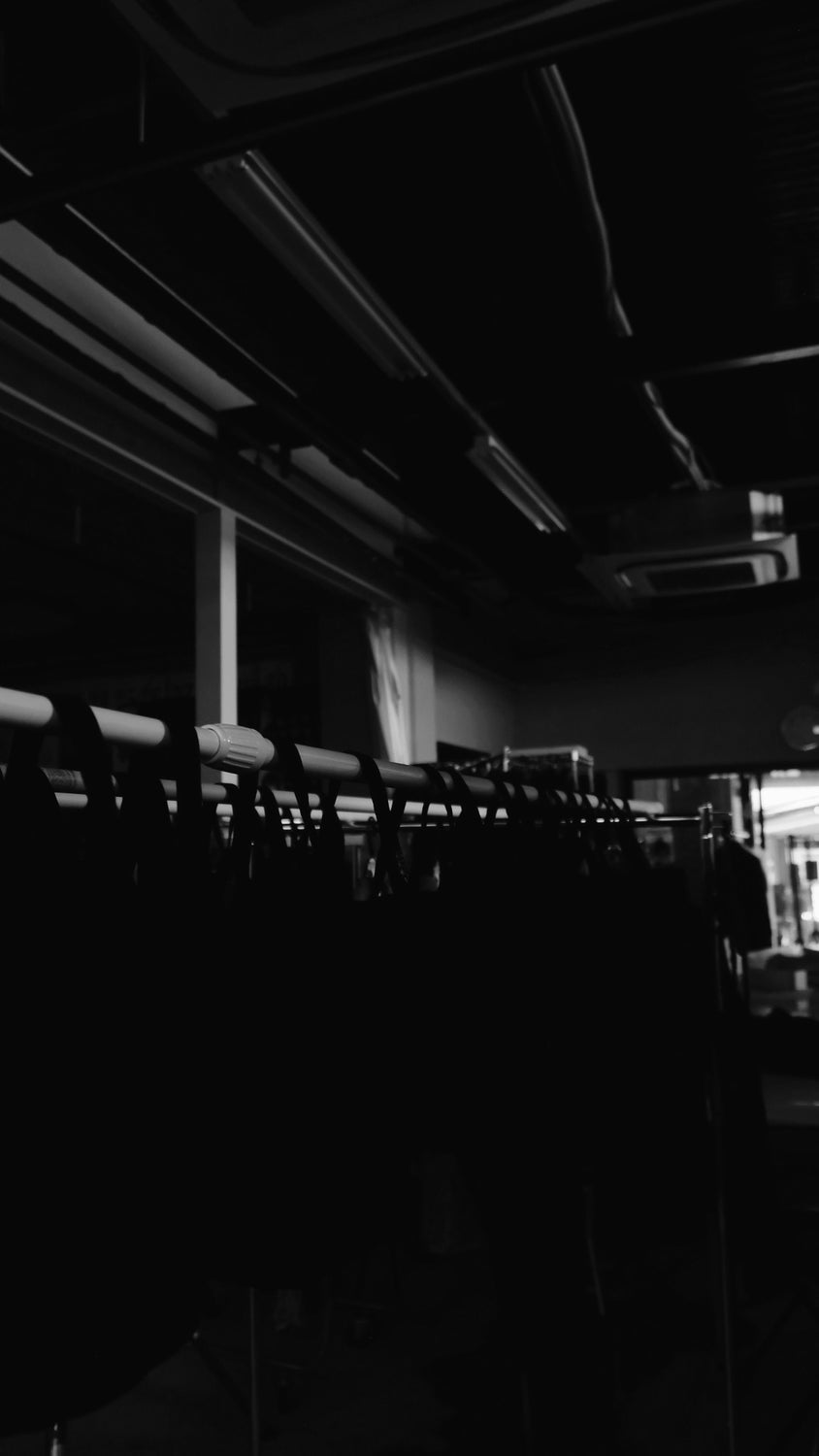
Today, black is still a powerful color in Japanese culture and fashion... but for kurozome artisan Maki Baba, the color is both her work and her passion. Her mission in life? To create a shade of black which is “blacker than black” using an ancient darkening technique called kurozome (“black dyeing”).
Baba’s mission was decided when she took over the family kurozome business, Baba Senkogyo, from her father eighteen years ago, making her the 5th president of the company. More notably, she’s the very first female president– a big feat for a traditional business founded back in 1870. According to the Association for the Promotion of Traditional Craft Industries, the kurozome technique itself dates back to the early 17th century.
“My family was always involved with kurozome, but I was never interested in the color black. In fact, I didn’t even like it. I studied fashion design, so I loved patterns, I loved color,” said Baba, ironically dressed in head to toe black for our interview at her Kyoto studio. “My father never asked me to take over the business. Actually, he didn’t really want me to, knowing how difficult the work was. However, he was becoming frail. He even said I wouldn’t be able do it... to become a kurozome artisan, that is. But that made me want to prove him wrong, so I said good-bye to my career in fashion design and made black my mission instead.”









